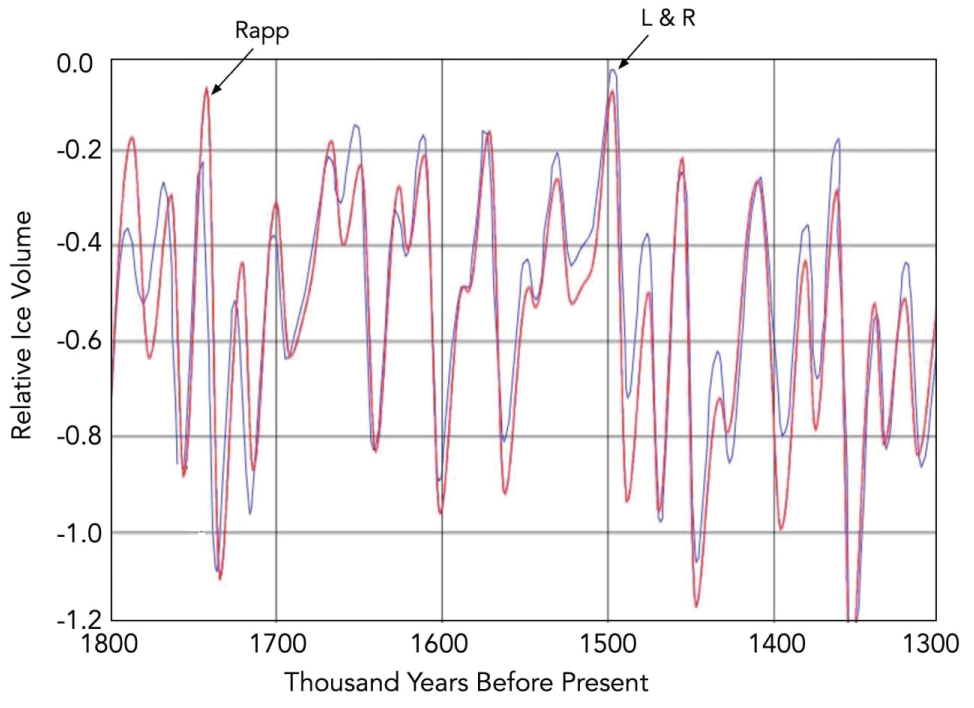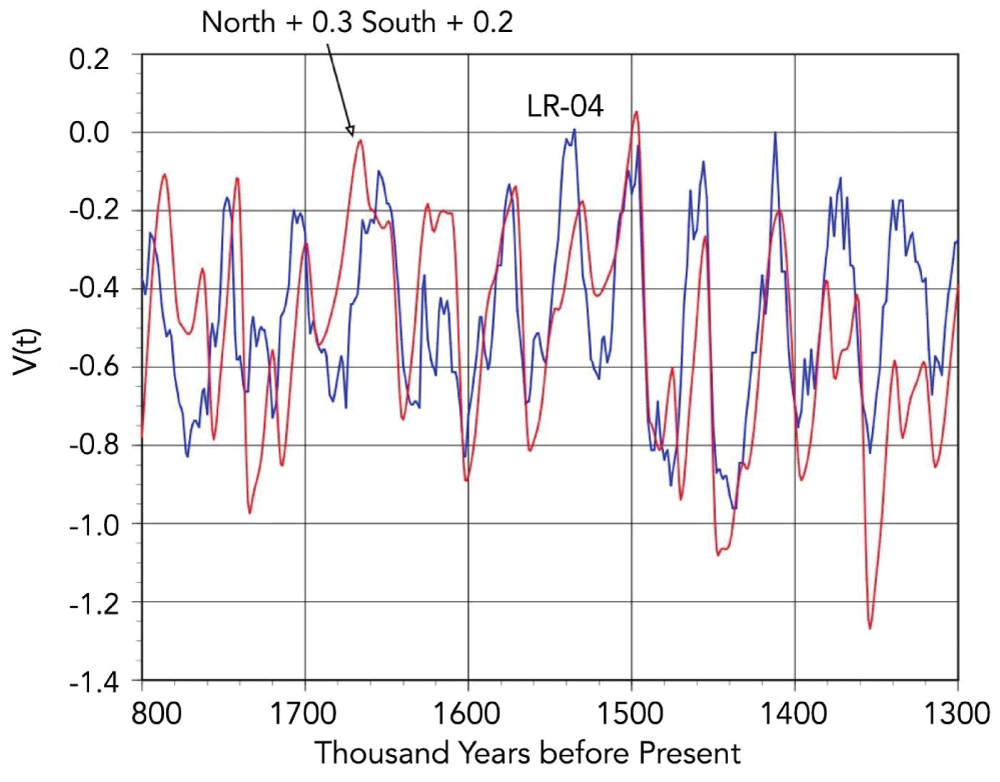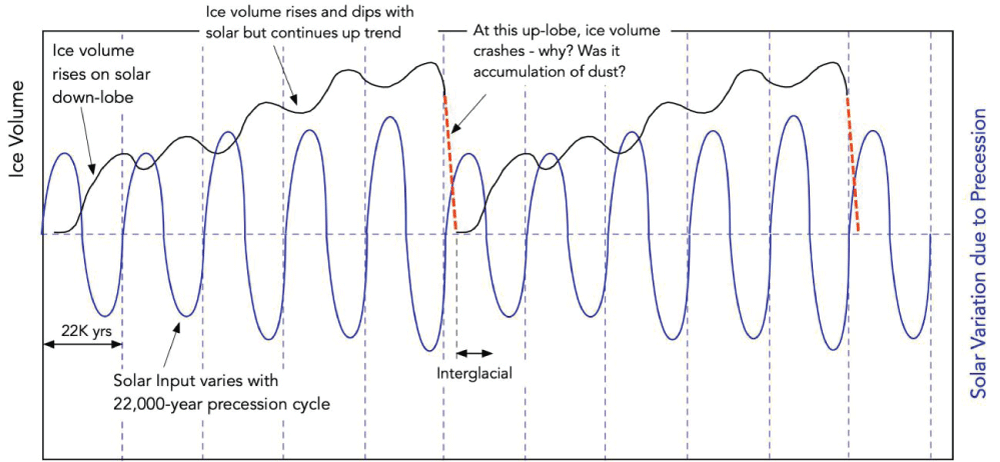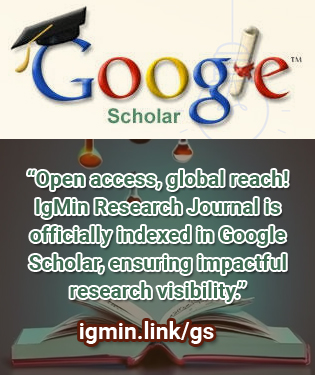Abstract
The astronomical theory of ice ages is widely accepted. Yet, it is not abundantly clear just exactly what the astronomical theory of ice ages is, other than the vague statement that variations in the Earth's orbit produce changes in solar irradiance at northern latitudes which is somehow related to the formation and termination of ice ages. Periodic variations in the Earth’s orbit produce variations in the insolation at high latitudes and ice ages begin on down lobes of insolation and terminate on up lobes of insolation. However, not all down lobes create ice ages and not all up lobes produce terminations. The ice ages changed character at the so-called mid-Pleistocene transition, about a million years ago. There is no current physical explanation for these difficulties with the astronomical theory. A reasonable explanation has been developed, that solidifies the astronomical theory by explaining the rise and fall of ice ages in both eras. The solar power absorbed at high northern latitudes depends on the insolation and absorptivity of the surface. The absorptivity is particularly affected by the obliquity in the pre-MPT era, and by dust deposits late in the post-MPT era. When these are included, it can be explained why some down lobes produce ice ages, and some up lobes produce terminations in both eras. In the pre-MPT era, ice ages originate when the insolation enters a down lobe and the obliquity is minimal (higher reflectivity) and ice ages terminate at a coincidence of high insolation and high obliquity (lower reflectivity). These links between SIHL and obliquity tend to be repetitive with approximately 41,000-year spacing. In the post-MPT era, ice ages also originate at a down lobe of SIHL. However, once an ice age is started, each successive up lobe in SIHL might cause a slight decrease in ice volume but doesn’t bring about a termination. After several precession cycles, high dust levels increase absorptivity, and the next-up lobe produces a termination.




![Typical pattern of ice ages in the pre-MPT era [1].](https://www.igminresearch.com/articles/figures/igmin239/igmin239.g001.png)
![Typical pattern of ice ages in the post-MPT era [1].](https://www.igminresearch.com/articles/figures/igmin239/igmin239.g002.png)


![Obliquity, solar power, and sea level in a segment of the pre-MPT era. Green lines show onsets of ice ages. Data from Watanabe, et al. (2023) [12].](https://www.igminresearch.com/articles/figures/igmin239/igmin239.g005.png)
![Obliquity, solar power, and sea level in a segment of the pre-MPT era. Green lines show onsets of ice ages and red lines show terminations of ice ages. Data from Watanabe, et al. (2023) [12].](https://www.igminresearch.com/articles/figures/igmin239/igmin239.g006.png)
![Comparison of Antarctic temperature (from ice cores) to variations in SIHL. The red dashed lines show onsets of termination of ice ages at solar up lobes. The green dashed lines show the onset of glaciation at solar down lobes [16].](https://www.igminresearch.com/articles/figures/igmin239/igmin239.g007.png)
![18O as measured by ocean sediments in the last 500,000 years. The rapid spread of ice in the initial several thousand years is emphasized by faint vertical red lines [1].](https://www.igminresearch.com/articles/figures/igmin239/igmin239.g008.png)

![Dust levels at an overlapping time scale as SIHL and temperature in Antarctic ice cores [1,17].](https://www.igminresearch.com/articles/figures/igmin239/igmin239.g010.png)


